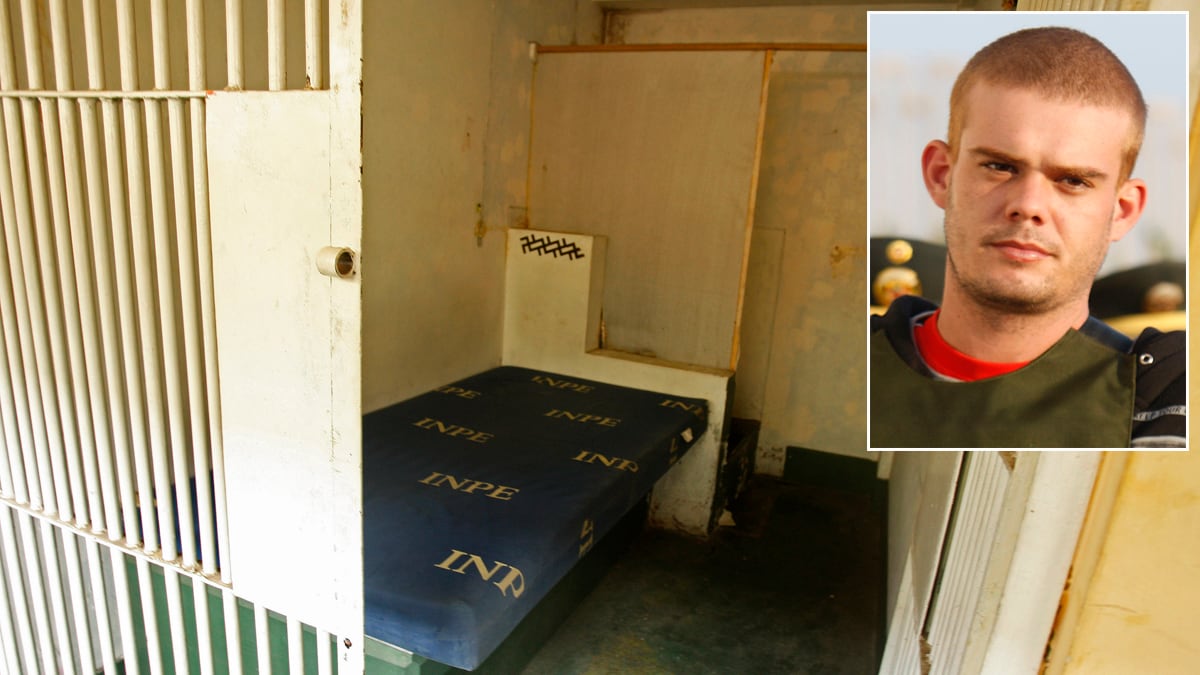Archive
Karel Navarro / AP Photo; Inset: AP Photo
Inside Joran Van Der Sloot’s Prison in Peru
The Daily Beast’s Andrea Zarate gets a tour of the Peruvian prison housing Joran van der Sloot

Trending Now
Crime & JusticeUnshaven Luigi Mangione Shows Signs of Stress in Court
Crime & JusticeLuigi Mangione Judge Married to Former Healthcare Exec




